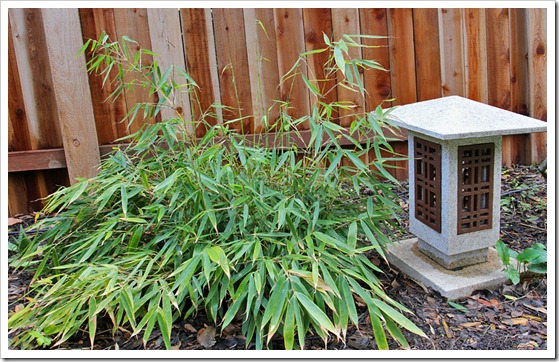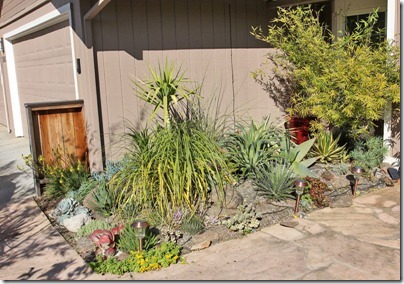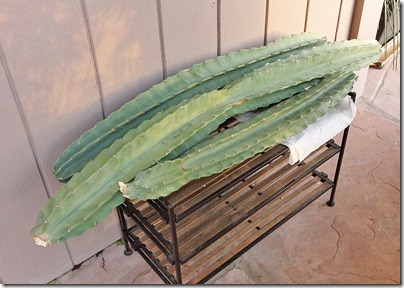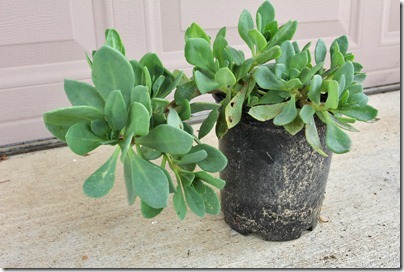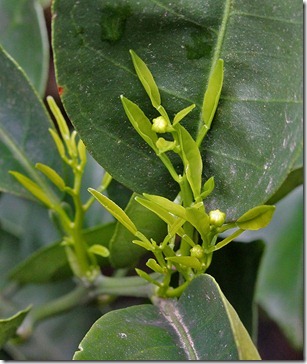The bamboos are waking up
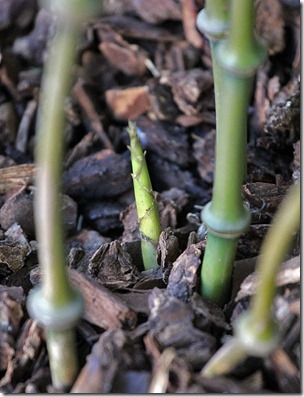
After a month of below-average temperatures and record precipitation, we’ve now swung to the other end of the extreme: Today’s daytime high was above 80°F. Since the soil is still saturated from all the rain, many bamboos are now going into catch-up mode. Here are some of our bamboos that are producing shoots right now. Our Chinese walking stick bamboo ( Chimonobambusa tumidissinoda ) has two new shoots New shoot on Sasa veitchii . Clearly the nursery container is getting too small… Temple bamboo ( Semiarundinaria fastuosa ), two new shoots (at the very edge of the pot) Dwarf greenstripe bamboo (Pleioblastus viridistriatus). This is probably the most vibrant bamboo there is. I cut the old growth down to the ground a while ago, but in a few weeks the whole container will be a riot of chartreuse. Fargesia robusta , producing taller culms than last year but still in its juvenile phase. This has not been a fast grower for me. Yushania boliana in a half-

